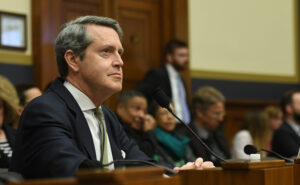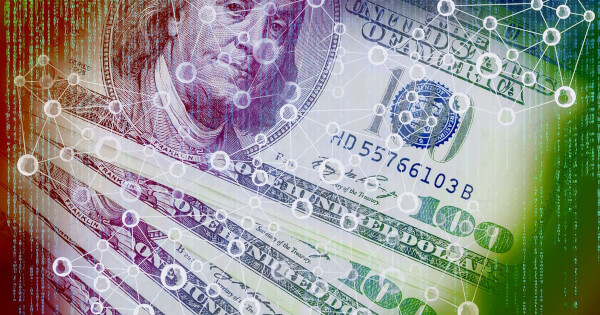 A top Federal Reserve official has raised eyebrows in the financial services Monday, by not recommending a Central Bank plan that could result in the issuance of a digitized version of the U.S. dollar. His primary concern is the use cases and security of a Fed-issued digital currency.
A top Federal Reserve official has raised eyebrows in the financial services Monday, by not recommending a Central Bank plan that could result in the issuance of a digitized version of the U.S. dollar. His primary concern is the use cases and security of a Fed-issued digital currency.
As the Federal Reserve explores the potential benefits and risks of CBDCs, the key focus is on whether and how a CBDC could improve on an already safe, effective, dynamic, and efficient U.S. domestic payments system in its ability to serve the needs of households and businesses.
“The potential benefits of a Federal Reserve CBDC [central bank-issued digital currency] are unclear. Conversely, a Federal Reserve CBDC could pose significant and concrete risks,” Randal Quarles told the Utah Bankers Association Monday. He also noted that the potential for cyberattacks on a system whose security would be difficult to design.
The remarks from Quarles, the Central Bank’s Vice Chairman of Supervision, are likely to escalate discussion inside and outside the Fed over whether or not it should ultimately issue a central bank-issued digital currency.
Richmond Fed President Thomas Barkin also expressed doubt about the digital dollar. “We already have a digital currency in this country, it’s called the dollar,” Barkin said in Atlanta. “So if you’re gonna enhance the digital currency, you have to decide for what reason. I still haven’t heard a good story about what we’re trying to accomplish.”
CBDC advocates worry that the Fed could lose its place in the global financial system if it doesn’t keep up in the space, with the hegemony of the U.S. dollar as the world’s reserve currency ultimately coming under threat.
The Federal Reserve is set to release a much-anticipated report this summer on the potential creation of a digital dollar. Whether it’s a good thing or not, the possibility of national governments issuing digital versions of their own currencies is gaining traction globally.



